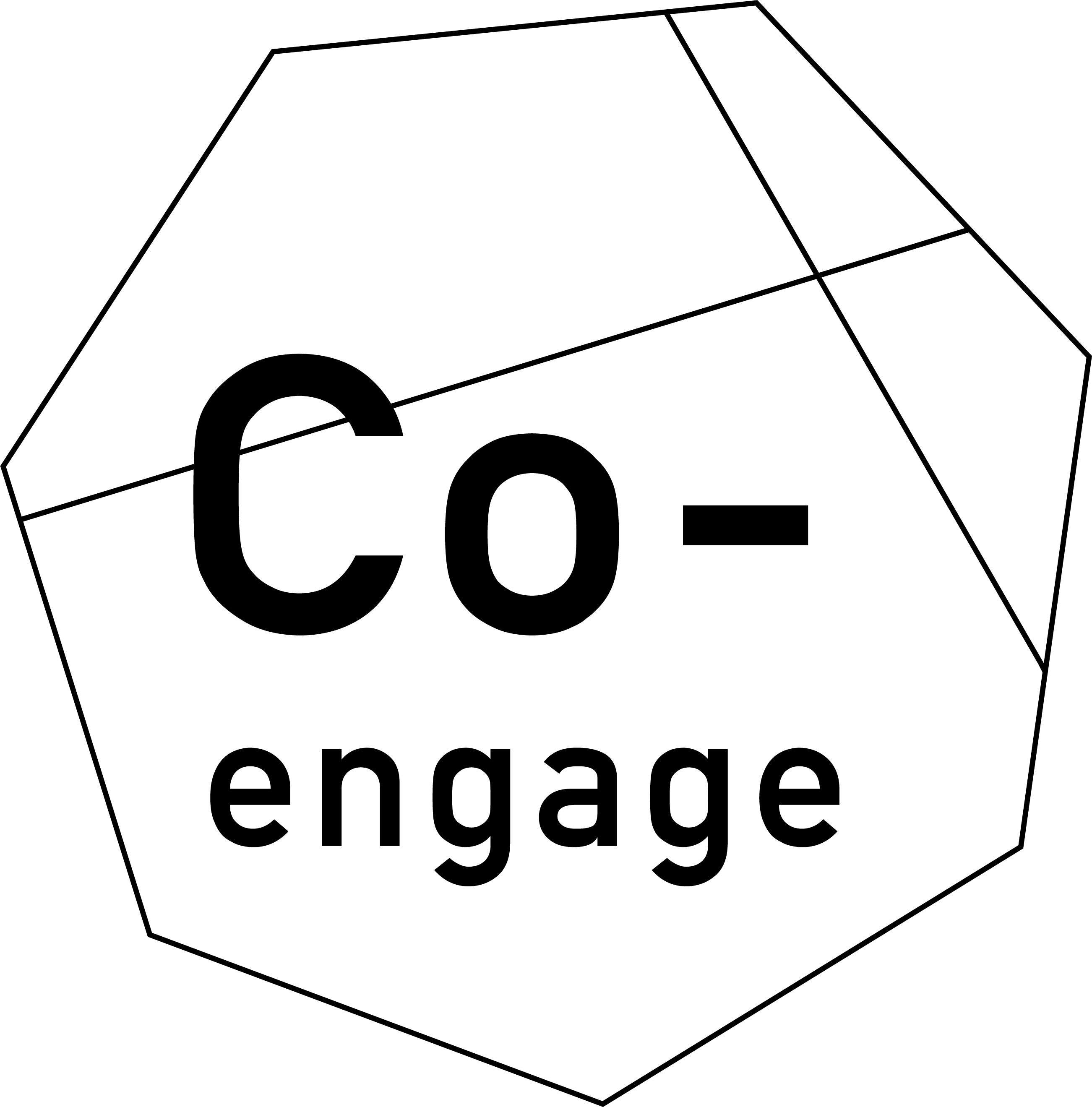Critical Design Thinking
Being ‘critical’ is central to the nature of design as through engaging in ‘critical’ processes we seek to refine and reshape the world “devising a course of action aimed at changing existing situations into preferred ones” (Simon, 1969 p.54). Likewise education is a critically reflective process that ultimately should shape our understanding of the world…
The rationale for identifying the location of Critical Design Education and examining the three critical theoretical frameworks is that each draws upon the term ‘critical’ in the search for something ‘better’ through challenging accepted norms. The collective contribution of all three locations therefore represents the undertheorised Critical Design Education (CDE) learning environment and recognition that neither the materials, technologies, theories, processes nor procedures we employ nor the educational contexts, assessments and pedagogies utilised are in any sense neutral. Each aspect of CDE, the content, context, pedagogy and underlying thinking have a strong cultural and political history such that when we engage in a process of criticality reveals the lack of neutrality and the often unintended consequences of such limited reflection and associated decision making…
…There is a need “to use education to mobilize students to be critically engaged agents, attentive to addressing important social issues and being alert to the responsibility of deepening and expanding the meaning and practices of a vibrant democracy.” Unfortunately such realities are often undervalued and not revealed or discussed , and as a consequence educators are often ‘delivering’ a curriculum, and students are engaged in activities, unaware of the complex interplay of the underlying political, social and cultural influences on their decision making or the unintended consequences of such decisions.



